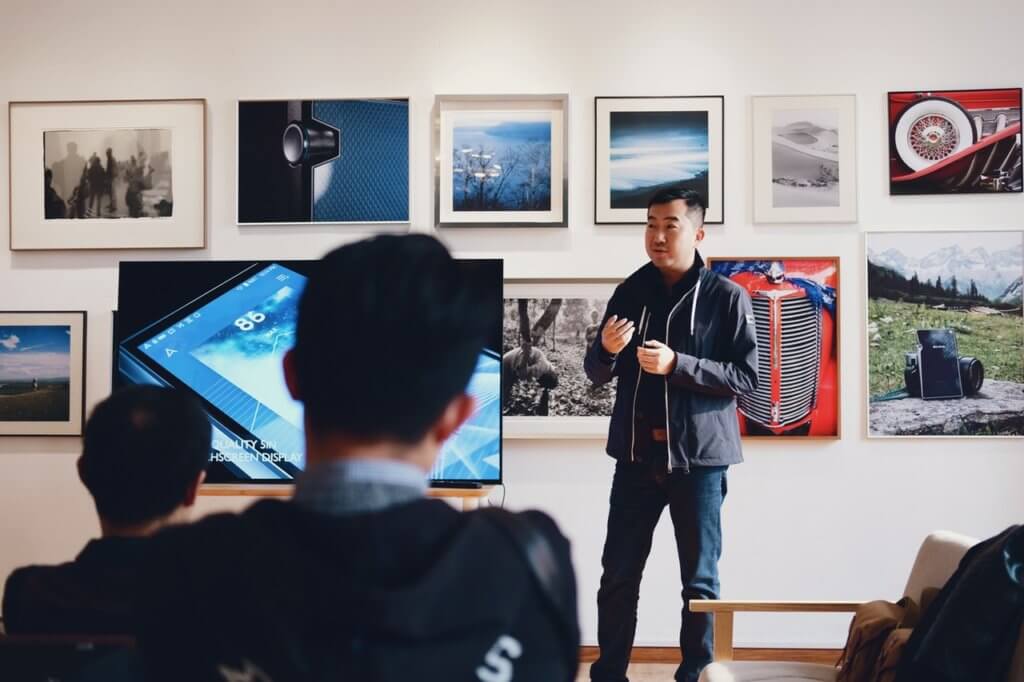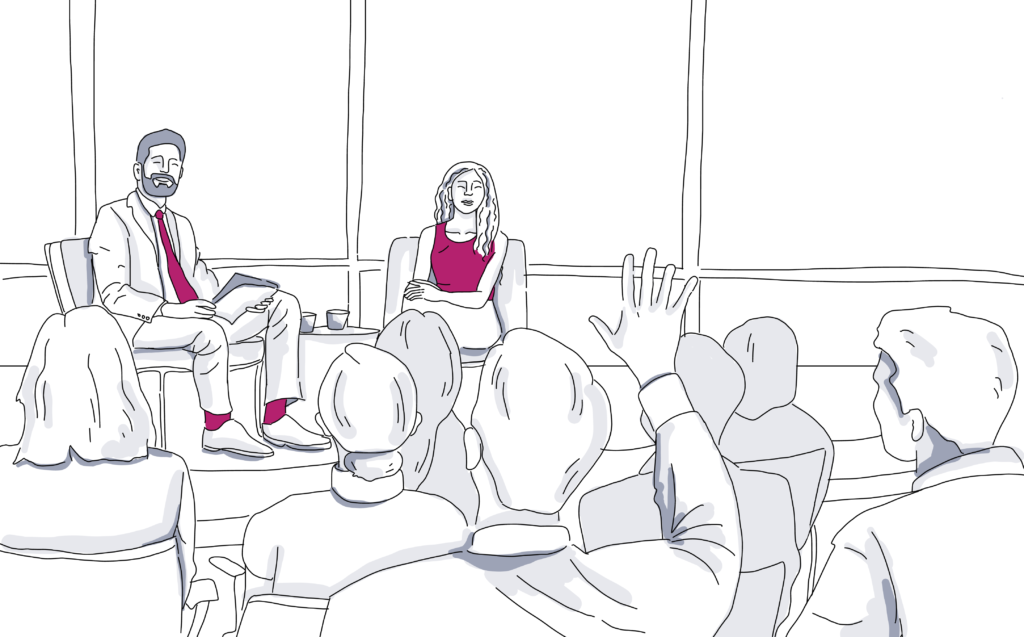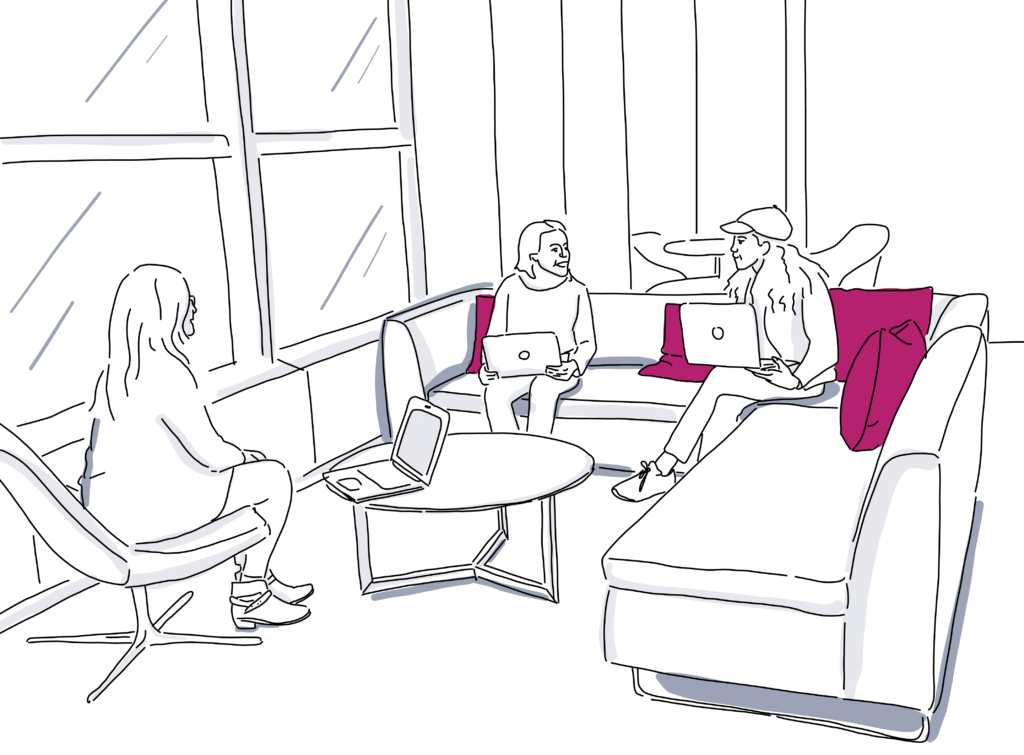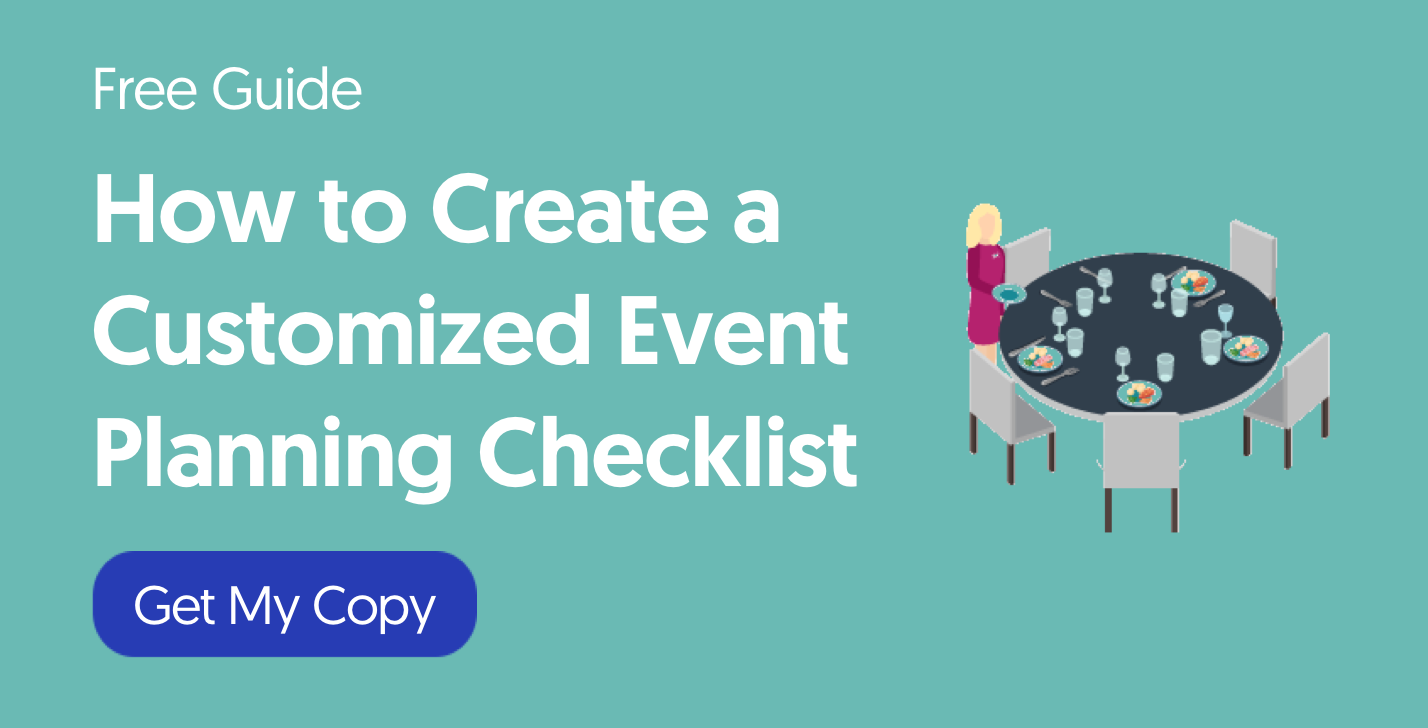
7 Experiential Marketing Campaigns That Show the Power of Live Events
Capturing the hearts and attention of consumers is becoming increasingly more difficult through traditional advertising. After all, we live in a world where consumers can actively switch off or opt-out of seeing ads altogether and are constantly bombarded with digital marketing. Thus, marketers are faced with the challenge of finding more creative ways to share their brand story, build credibility, and spark a lasting connection between a brand and its consumers. To make it happen, brands are turning to the power of planning live events in an effort to create experiential marketing campaigns.
What are experiential events?
Experiential events provide consumers with the real-world opportunity to directly engage with a brand or product. The idea is to create a tangible experience that will create a more valuable and memorable impact on the consumer, leading them to not only want to share their experience with all of their friends “ both online and off “ but also become more likely to make a purchase.
And it works! Experiential events are an excellent platform to generate new leads and increase ROI, with 65% of brands using the strategy agreeing that it positively correlates with sales. But that's not all:
- 80% of attendees report that live demonstrations and free samples have a significant impact on their purchasing decision. (EventTrack)
- 70% of users become regular customers after an experiential marketing event. (EventTrack)
- 75% of companies with event budgets between $50-100 million say they expect more than 5:1 ROI when executing experiential events. (EMI & Mosaic)
Want to slice off your piece of the experiential pie? Take a page out of the book of the seven brands below.
[Tweet "70% of users become regular customers after an experiential marketing event."]

7 Experiential Marketing Campaigns That Do It Right
The Budweiser Beer Garage
At the 2016 SXSW Festival, Anheuser Busch created the Budweiser Beer Garage: a fully immersive experiential marketing campaign that celebrated all things Bud. The main attraction, of course, was the 4D virtual tour of Budweiser’s brewing plant. Using virtual reality headsets, attendees were given a total sensory experience. Not only could they see and hear the brewery, but ice-cold air was blown into the room when they arrived in the refrigerator, heat was blasted when they entered the boiler room, and jars of hops were held under their noses when in the hops room. By engaging all five senses, Budweiser was able to create a real-world experience of their brewing process, helping consumers gain a better understand of the product.
Why It Works
Anheuser Busch knew people already loved their product, but they wanted to create a deeper consumer connection with the Budweiser brand. Through this totally immersive experiential event, Anheuser Busch was able to establish attendees’ familiarity with how the product is created, and build credibility by bringing their story to life and showcasing the employees behind the company. In turn, this took Budweiser from being just some beer consumer's buy at their local bar, to a beer brand they’ve experienced from the ground up, building a strong brand relationship and consumer loyalty.
The Gatorade Combine
Gatorade and the sporting world go hand in hand. So, when it came to creating an on-brand experiential marketing campaign at SXSW 2017, the sports drink company had a stellar idea. They created a combine, much like the NFL, where participants could actually test their own athletic abilities.
Combines are designed to assess rookie athletes before they enter into professional leagues, so this gave Gatorade's consumers the chance to experience what it would really be like to be a professional athlete. Gatorade linked up with a number of other brands, such as Xbox Kinect and Sparta Science, to bring their combine to life with jump stations, flexibility challenges, and reflex tests. The results delivered by each test were 100% accurate and data-rich, so participants could take the knowledge and use it to improve their real-world fitness.
Why It Works
Experiential marketing should not only aim to entertain and actively engage the consumer, but also provide them with something valuable to take away and remind them of their experience after the fact. In this case, Gatorade provided its consumers with useful and professionally tracked information about their fitness, which they could then incorporate into their lives. Whenever they thought about fitness or improvement after the event, they likely also thought about Gatorade.
Misereor's "Social Swipe" Billboard
Are you one of those people who never has cash and always uses their card? Well, you’re not alone! An estimated 357 billion non-cash transactions are made each year across the world. So the German NGO (non-governmental organization) Misereor decided to cash in on that statistic with their ˜Social Swipe’ charity donation billboards. The digital billboards began with an image of some of the world issues Misereor was fighting to overcome, such as a loaf of bread to combat hunger or wrists tied together with rope to portray wrongful imprisonment.
The screen, however, was also equipped with a credit card reader where people were invited to make a 2€ donation. When a participant swiped their card, the image came to life “ a slice of bread was cut, or the tied hands were freed “ visually showing the donor how their euros make a difference. But the interaction did not stop there. The participant also received a thank you note on their bank statement with a link to turn their one-time donation into a monthly one.
Why It Works
Misereor was able to present donors with a clear visual representation of the impact of their donation, which is important when creating an emotional connection between a donor and a cause. Misereor also utilized the leads they cultivated during the campaign to turn their participants' one-off experiences into an ongoing series of donations.
David Lloyd's "Run for Your Bun" Café
Just like experiential events, pop-up experiences are an effective way for brands to raise awareness and connect consumers with their product or cause. The gym and fitness club, David Lloyd, created a pop-up café where guests were required to complete a 10-minute high intensity workout as a means of "paying" for any food or drink they ordered.
While the pop-up café acted as a general promotional tool for the brand, its main focus was to highlight the important role healthy food and regular exercise play in maintaining a balanced lifestyle. Located in central London, the pop-up café was deliberately placed in an area where they would receive a lot of foot traffic from their specific target audience: office workers who may struggle with living a more active lifestyle.
Why It Works
The ˜Run For Your Bun’ pop-up experience was fun, quick, and offered up freebies in exchange for participation. On a deeper level, David Lloyd was able to herald the brand’s core values by promoting the idea of a healthy and active lifestyle, and gave their audience a chance to actually live it. They used the strategy that if more people can recognize the benefit of good food and exercise, then more people will choose to engage with the lifestyle. And since the consumer already had a positive experience with the David Lloyd brand, they banked on it helping them build long-term brand loyalty as the brand that led to the lifestyle change.

Redbull Stratos Stunt
In what was one of the most popular experiential marketing campaigns ever, Redbull sent professional skydiver Felix Baumgartner into the stratosphere to set the world record for highest parachute jump (and become the first man to break the speed of sound in freefall!). Being a brand that has always been associated with extreme sports and bold moves, this campaign saw Redbull not only take further ownership of that brand identity, but push it to the most extreme limit possible.
The YouTube video of the record-breaking stunt has gained almost four million views (and counting!), plus news organizations all over the world featured the story. This gave Redbull a worldwide boost in exposure, and cemented their brand’s personality as a ground-breaking industry leader.
Why It Works
The Red Bull brand identity called for the company to embrace the extreme and push boundaries if they wanted to stand out in their field. Pulling off this extraordinary stunt that went viral made consumers, news organizations, and social accounts talk about Red Bull in that light. Not to mention that the stunt fed perfectly into their brand motto of "Red Bull gives you wings"... in the most literal sense.
3D Printed Oreos
For SXSW 2014, Mondelez International decided to take their famous Oreo cookie digital “ and it certainly received a lot of attention! To make it happen, Oreo teamed up with 3D printing technology and the social media giant Twitter to create a 3D printer that spit out real Oreos. Attendees were able to print their own hyper-personalized, customizable Oreo cookie, complete with design inspiration from hashtags that were trending on Twitter at that exact moment.
Why It Works
Cookies and cutting-edge technology aren't necessarily two things you’d expect to find together, but Oreo took the risk and turned the clash of two completely different territories into something fun and innovative. After all, successful experiential marketing should always endeavor to think outside the cookie. By aligning an age-old brand with fresh, cutting-edge technology, Oreo was able to keep their brand top of mind in the most tangible of ways and capitalize on the craze of 3D printing.
[Tweet "65% of brands say live events positively correlate with sales."]
Lean Cuisine's #WeighThis
As a frozen food brand that focuses on healthy diets and cutting calories, Lean Cuisine decided to take a refreshing approach to connecting with their audience in their #WeighThis campaign. Recognizing the constant pressure their consumers feel around body size and appearance, Lean Cuisine asked women how they would prefer to be weighed, separate from their body weight.
The experience was set up in the middle of Grand Central Station in New York City where women could "weigh in" with a professional sign-painter who would write down how each wanted to weigh themselves ” whether it be by the amount of love they gave their family, their education, or their job. There were no product samples or pushy promo-team present. The installation and message itself was enough to inspire women to engage with the experience of their own accord, and share it via the branded hashtag across their own social channels. The feel-good experiential campaign became a viral success, garnering over 211 million impressions.
Why It Works
One of the greatest traits of experiential marketing is that it does not interrupt like traditional advertising “ the consumer actively chooses to engage. When a consumer is free to make the decision to interact, it takes away the pressure of the ˜hard sell’ and the participant can simply enjoy the experience. This helps build a positive connection with a brand, and make them more open towards a future purchase. By focusing on the consumer and their experience, rather than simply promoting the product, Lean Cuisine created a deeper stronger, more valuable consumer-brand relationship.
They also took it a step further by creating the perfect event hashtag to allow people to share. Research shows 50% of consumers capture and share between two and five photos, videos or social posts at experiential events. Lean cuisine took that data and knew exactly what to do with it.


